Bird Identification by Sight: Train Your Eyes to Recognize Every Feathered Detail
Mastering Key Field Marks
Focus on face patterns, wing bars, breast streaking, and tail edges. A crisp supercilium or malar stripe can separate near-twins. Train your eyes to map contrasts, not colors alone, which shift with light.
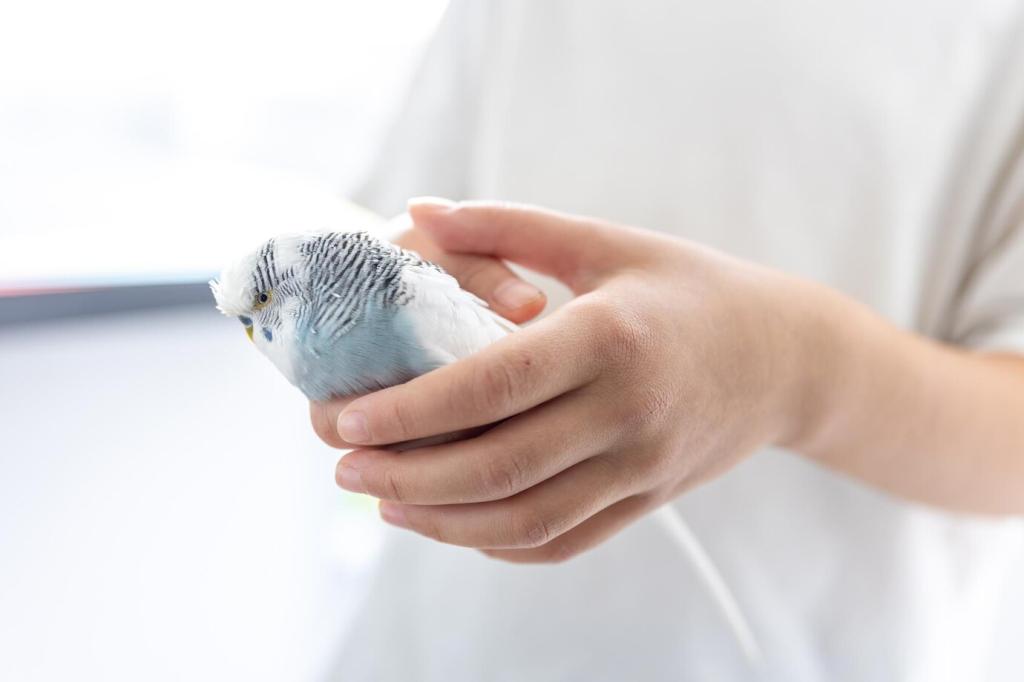
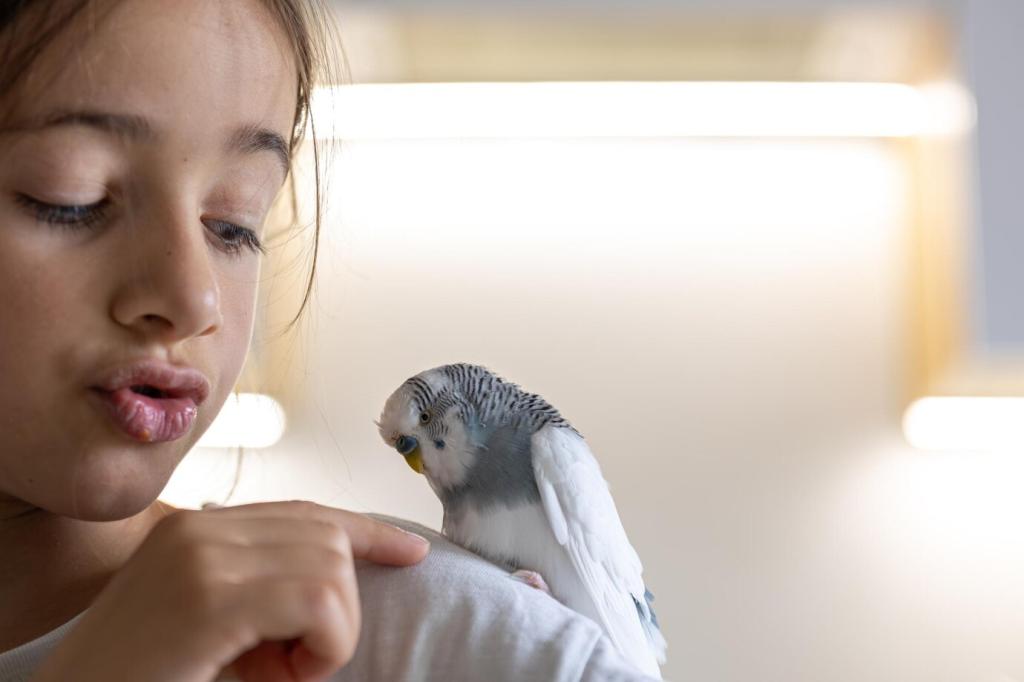
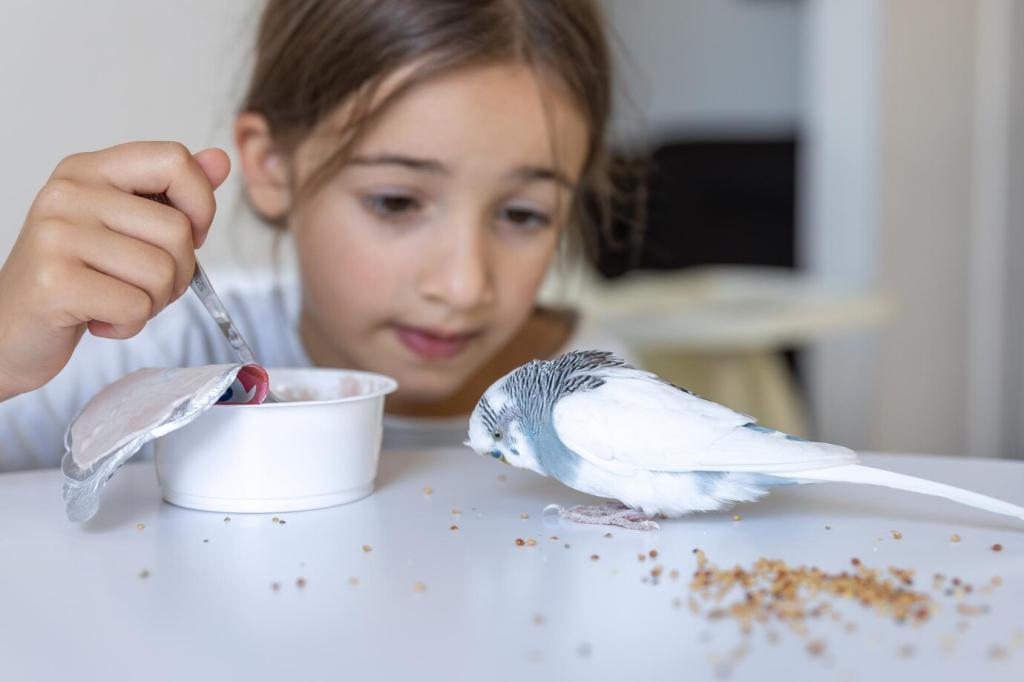
Seasonal and Age Variations
Breeding vs. Nonbreeding Plumage
Breeding plumage often intensifies contrasts or adds ornamentation like brighter caps. Nonbreeding colors may soften into grays or browns. Keep a mental calendar: timing narrows options before you even raise binoculars.
Juvenile Clues
Young birds show looser feather edges, scalloped patterns, and fresh buffy tones. Watch for gape flanges near the bill in recently fledged birds. Subtle, yes—but these features can clinch an ID when adults confuse.
Molt and Wear
Feather wear erodes crisp bars, changing a bird’s apparent pattern. Molt can create uneven wings or patchy heads. Remember: a few ragged primaries may explain a silhouette that seems oddly short-winged.
Wingbeats and Glides
Finches bounce with undulating flights; swallows scythe the air with agile sweeps. Woodpeckers show stiff, deliberate flaps. Note cadence and glide intervals—these patterns persist at distances that erase color.
Feeding Postures and Foraging Styles
Nuthatches descend headfirst; creepers spiral upward bark. Herons freeze, then strike; shorebirds stitch the shoreline. Visual behavior hints at family before details appear. Record what you see, then verify field marks.
Perch Preferences and Habitat Frames
Kingbirds favor open wires; shrikes atop thorny perches; warblers flit mid-canopy. Each choice shapes the visual scene. Use habitat context to predict shapes and marks you should be ready to confirm quickly.
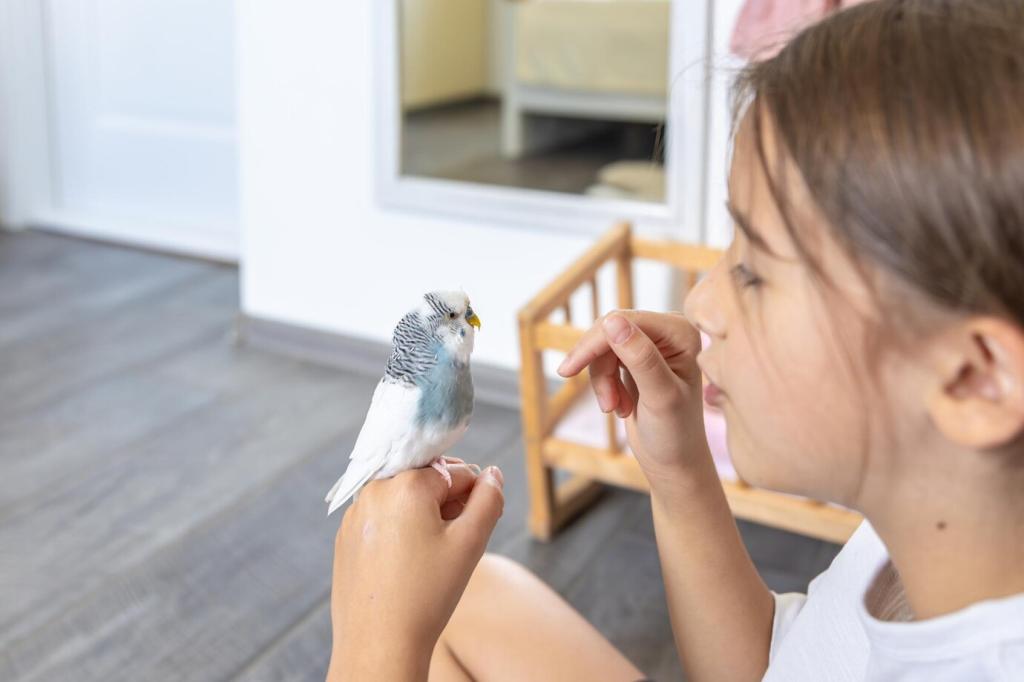
Confusion Species: Telling Lookalikes Apart
Focus on head pattern symmetry, median crown stripe, and facial contrast. Note tail length and posture while flicking. A clear malar border or buffy eyebrow can separate remarkably similar field-sparrow lookalikes.
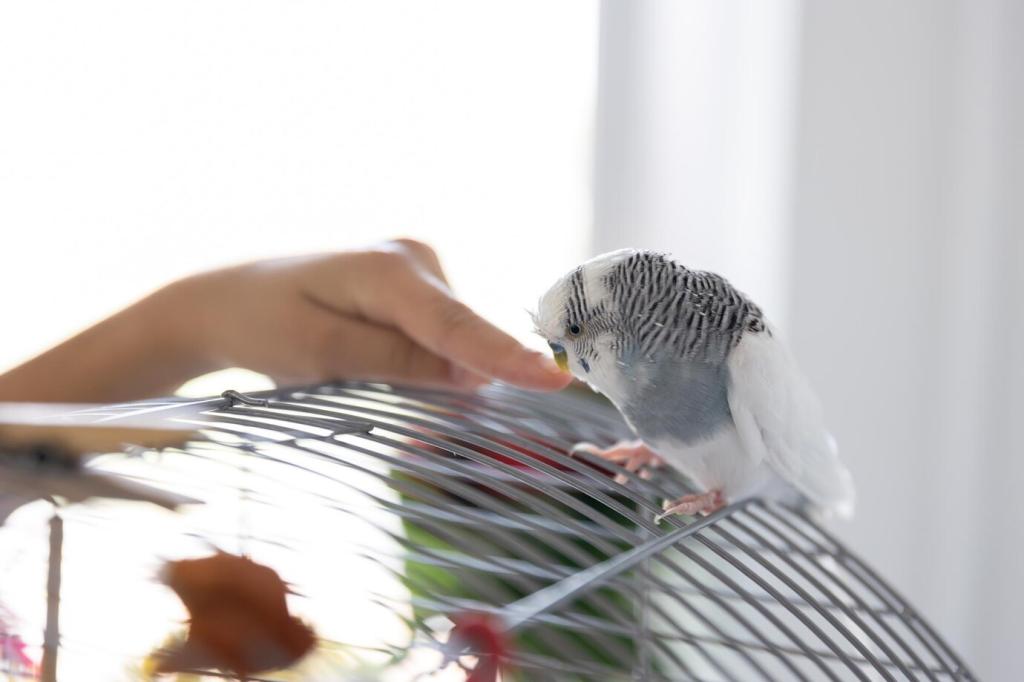
Confusion Species: Telling Lookalikes Apart
Age cycles complicate gulls, but mantle shade, leg color, and primary window shape are reliable. Compare bill thickness and gonydeal angle. Practice with photos, then test yourself on mixed roosts at piers.
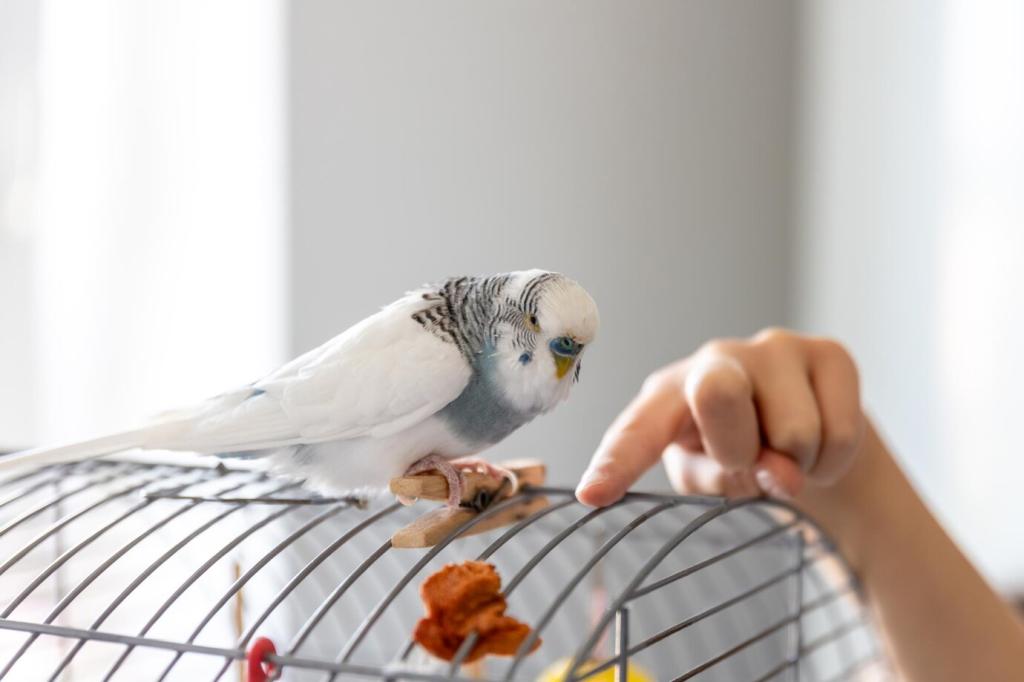
Building Your Visual Memory
Quick field sketches cement proportions better than photos alone. Jot exact phrases: bold eyeline, two wing bars, long tail. Later, compare with guides to confirm or correct, and comment with your insights.
